What is Product Branding? 7 Examples of Product Branding
Why do customers rely on a specific brand? Is quality the only component to keep your customers engaged? The answer is yes and no - quality might be the core value to make your customers stay loyal, but it’s not the only element that drives them in.
In today’s crowded market where exists a pool of “same same” products, the winner is the one that gets the audience to notice most quickly. That means it will depend heavily on the visuals, from appearance, packaging, logos to any other designs. Also, the only way to lead your niche and boost sales is to build a recognizable brand.
This is where product branding comes as essential. In this article, we’ll drive you through the concept of product branding and how you can effectively implement it to evaluate your brand.
Product branding definition
It is the easiest and most noticeable type of branding. Product branding is a symbol or design that gives your products a proven identity in the marketplace. Product branding can be easily seen in stores or supermarkets where products are uniquely branded with different colors, designs, etc.
There are some essential elements to determine product branding, including logos, designs, names, descriptions, packaging, and messages. All of these pieces combine to connect with consumers emotionally. And that’s also the core idea of branding as a combination of various aspects to impact how consumers feel and behave.
How to implement product branding to your store
Identify your brand
Before rushing your products into branding and advertising campaigns, take a step back and do some initial research. Take some time to get to know your market beginning with the following standard questions.
- What is your product’s purpose? - Or in other words, what market needs and demands does your product satisfy? A product is only in high demand when it can solve a particular problem or bring specific value to its user. Think about your brand mission statement before launching your product. If you can explain concisely about your product’s purpose to a stranger within 30 seconds, your product is a potentially huge success.
- Who does your product target? - The target audience is your potential direct consumer group. Determining the right target audience has a significant impact on the selling power of your product. Start building your customer profile with demographic segmentation, for instance, structured by age, gender, professional background, income level, geographical area, or hobbies and habits. Make sure you understand well enough about your audience’s biography positions to execute the right branding campaign.
- What are the core beliefs your product brings? - Successful product branding means the values your product holds correspond with the values stated by your potential customers. For example, if your product is targeted at environment advocates, it must focus on the green and eco-friendly factors, highlighting the post-consumer recycling point in the cardboard of your delivery box.
- What are the direct competitors of your product? - You cannot position your product in the market without knowing your competitors. Competitor research is an important strategy to stay updated on how brands of the same field/industry are doing. You can find their potential keywords and its SERP rankings using rank tracking software. You can analyze their behaviors and plans by keeping close track of their activities and public appearances, by following them on social media, subscribing to their newsletters, reading their customer feedback, then learn. From the gathered information, you can build your branding strategy that differentiates your product from others. If you are selling your products with Shopify, take a look at our list of 10 best Shopify spy tools to get ahead of your competitors.
Translate your brand identity into physical branding
When you’ve done the identifying phase, it’s time you executed all those fundamentals into practice. All of the research findings are the premise of designing your product that can stimulate your target audience’s emotion and embed your brand. The following are some notices on how you can convert your brand identity into your product branding.
- Choose your color scheme and mood board - Color scheme is the fundamental element in branding, from design to label. The chosen colors are the indicator to connect everything involved in your product, so make sure to use the right color palette to polish your product and evoke the right emotional response you’re expecting from your target audience.
-
Select your fonts - Don’t underestimate font choices in branding, especially in designing. Firstly, the right font enhances your branding materials’ visibility, making everything possible to read to deliver your content transparently.
The font visibility varies based on each branding material; for example, fonts chosen for web design will significantly differ from fonts for logo design. Your font choice also illustrates how you want your product’s tone to be. For instance, fonts like Raleway, Simplifica, or Infinity indicate minimalism and modernness, while fonts like One Day, Matilde, or Vanity are freestyle, fun, and stylish.
- Create a logo - There’s no standard styling for a logo; it can be either minimal or detail-orientated. Whatever color scheme, fonts, or design style you choose, your logo must illustrate your product’s guided tone and deliver the relevant message. A logo is one of the most important visual components in product branding, so make sure your logo is powerful enough to represent your whole brand.
- Arrange the elements in your packaging
To ensure a seamless and impactful transition from identity to branding, you may consider collaborating with a top branding agency can provide the expertise and insights necessary for success.
Maintain consistency
The ultimate key to a successful product branding is to maintain consistency with your images, design, quality, and message across the board. Once you’ve determined your brand identity and translated them into physical branding, you will have to stick to the plan so that your potential customers can spontaneously recognize your product.
This may sound traditional and outdated, but the most practical guide to consistency is synchronizing product styling. Your product style must compile all the signature designs chosen to apply to your product, and it should be the first reference to any of your designs for promoting, for instance, your landing page cover or your press release background. The basic guide involves synchronization in size and detail placements, signature typography, color palette, image standards, keywords, or voice tone.
Include your staff team
Human factors can also contribute greatly to your company branding efforts and connect the emotional drive with your prospective customers. Provide your team members with in-depth training on seller-shopper interactions. To achieve this, acknowledge them about your company’s values, mission statement, remind them about the message your company wants to send through the store and product, and reflect on them about the oriented retail nature you want to show the public.
The advantages of product branding
Public identification
Successful product branding can excessively benefit your advertising and marketing efforts. Constant usage of the same identity package (including logo, design, packaging, etc.) and consistent message delivery can help enhance your brand quality in which the public can recall and recognize more easily. When you’ve achieved a certain level of public awareness, you can reduce your marketing costs to invest in other business sectors.
Preference
Strong brands gain a competitive advantage in consumer preference over others. When faced with a wide range of brand choices for a specific product, consumers tend to choose brands they’ve experienced and trusted. Or in other words, a strong brand is a great contributor to customer loyalty.
Market extension
When your product brand is solid enough, you can consider penetrating a new market or further developing your product for diversification. When customers are already familiar with your product and brand, your market extension will be less likely to fail as you’ve earned their verification for brand quality.
Barrier
A strong product brand can also open a new barrier to let new competitors enter and help project market share. Those who want to enter your market must make huge investments in their brand development to match your standards. Furthermore, a new pricing barrier can be set for customers as they insist on your brand because they will be more willing to go with your products rather than other low-costed offerings.
7 Examples of successful product branding
Coca Cola product branding strategy

There is no way we can speak about product branding without mentioning Coca Cola. There must be some decent reasons why this beverage brand can maintain its legacy over the past century.
The tip of Coca Cola’s consistent successful product branding is simply consistency, from their logos, social media appearance, ad spots, designs, even product packaging where they exert tight controls over the design of the bottle shape. Coca Cola also utilized the effectiveness of its visual simplicity, with the curious yet authoritative cursive and the shocking red-color psychology that evokes caution and warning.
For their advertising campaigns, Coca Cola managed to communicate with the same message and vibe spread through their websites and social channels. All of their campaigns intended to stimulate connection among humans and tie their emotions into one, an integral part of branding.
Nike product branding strategy
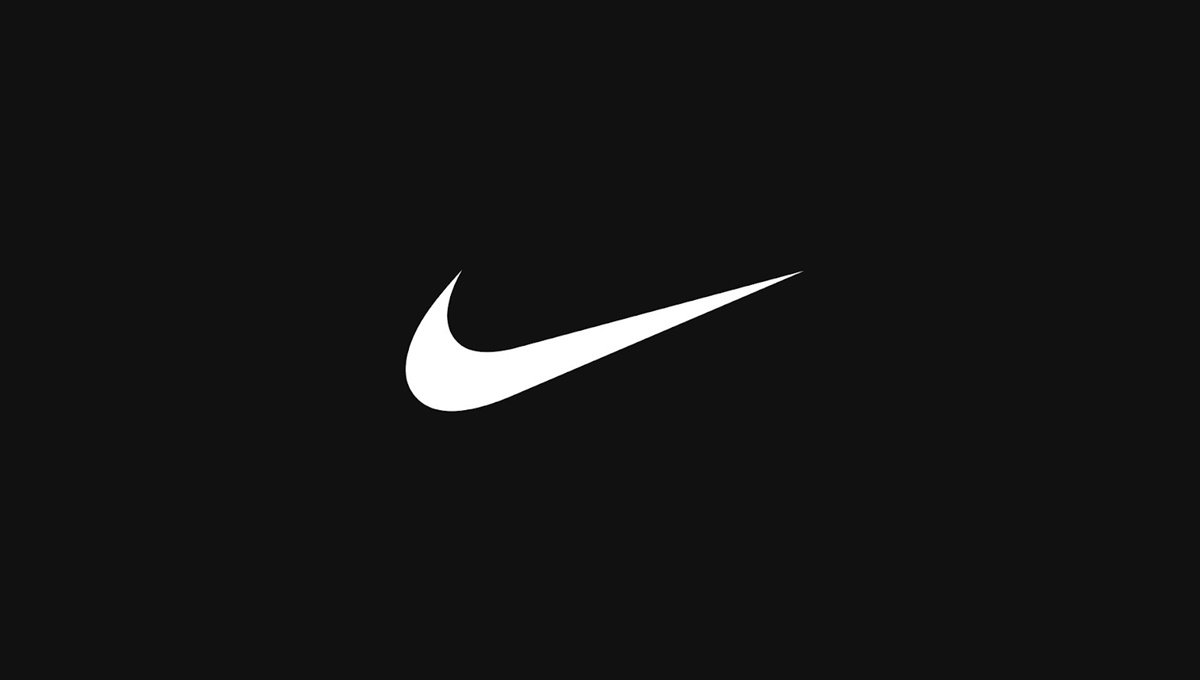
Talking about product branding, it’s a lack of knowledge, not mentioning the legendary Swoosh logo. The company has redefined itself as an athletic and fitness lifestyle brand from a small other shoe business. As a result, the Nike Swoosh has become a widely recognized logo that puts Nike into position as one of today’s most valued and successful brands. Nike is exemplary when it comes to building, maintaining, and enhancing its brand image.
Take that from Nike, whose strong domination in the sporting industry has thrived on its ability to build its brand identity, popularity, and incredibly high demand for its logo. Also, to evaluate its brand, Nike has used celebrity endorsements, such as Michael Jordan, to represent the brand.
The idea of bringing a celebrity face would result in the customer associating with the endorser of Nike’s products, which makes the company more valuable. Such sports icons who use Nike apparel items portray the image of fitness, or maybe how they are aspiring to become. The Swoosh logo was actually translated from Jordan’s iconic stance by the customers, which makes Nike a successful brand that disseminates athleticism, power, and fitness.
Apple product branding strategy
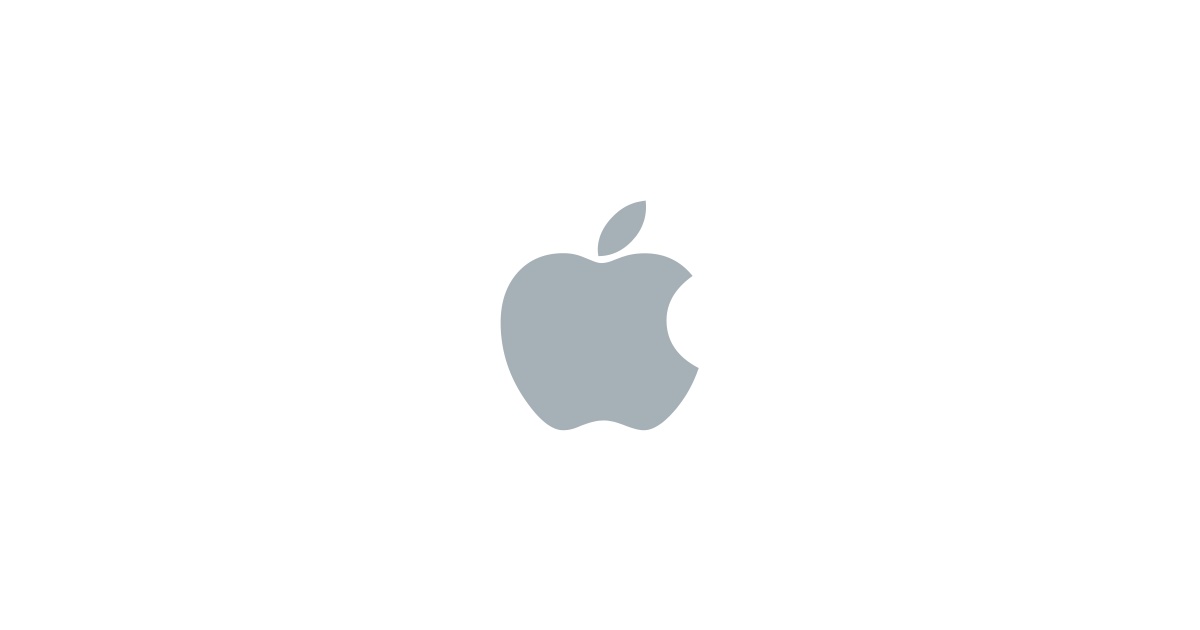
Apple is one of the foremost companies in the world with excellent branding strategies that mostly determine its prominent and constant success. The Apple brand is based on experience and emotion, delivered through its core values of innovation and design.
Steve Jobs had found designers who believed in Apple’s vision about human connection and could translate those beliefs into production. The company has a unique visual, and verbal vocabulary expressed through advertising and product design. Also, simplicity is prioritized in Apple’s products, but they do not lack in functionality either. Apple is detail-oriented, which has helped the designers to be user-centric and know what the users want.
The brand has succeeded in tying the emotional drive with its customers in several forms, from generating trust to developing a whole community around the products. Like its founding ethos of empowering people through technology, Apple has always portrayed a human touch - from the real magnetism to the implying meaning of creation for the love of technology.
Starbucks product branding strategy
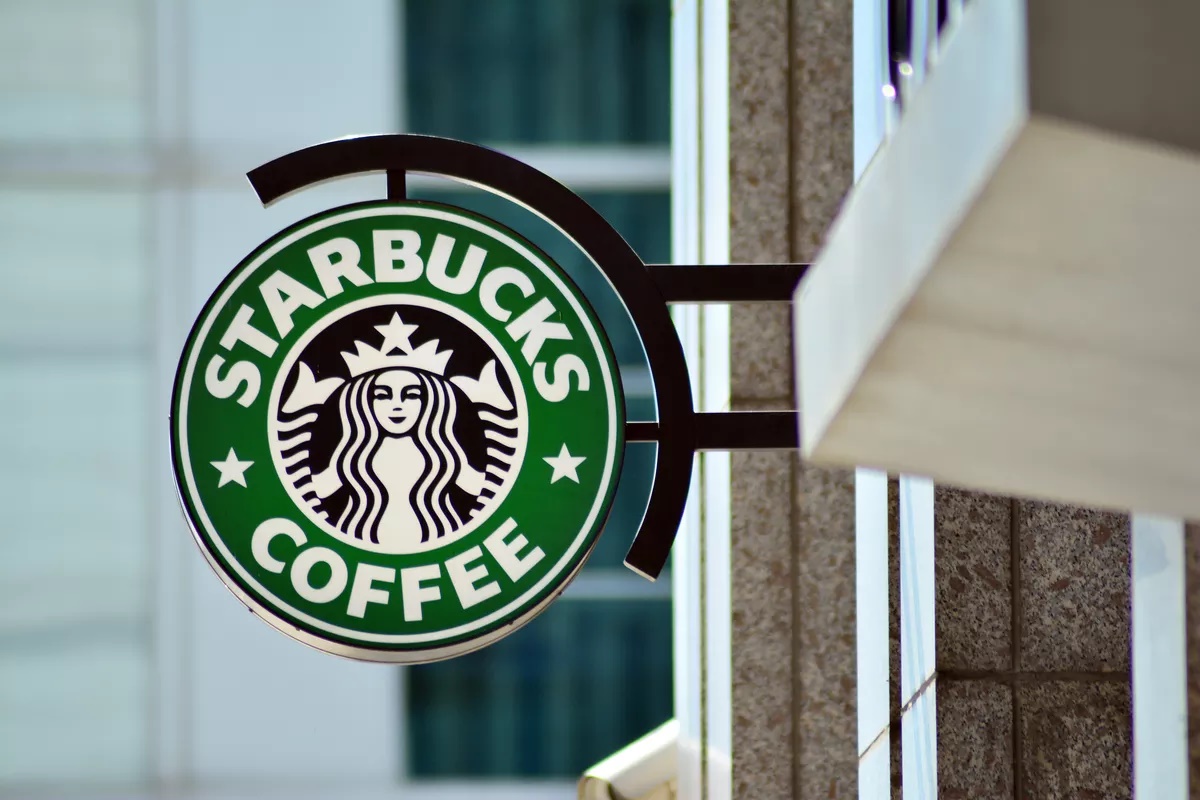
Since its establishment in the early 1900s, Starbucks has always been an iconic brand setting the “drink coffee outside home and work” trend for America and the world. In Starbucks’ strategy, product branding has been one of the most crucial elements that make up the brand’s reputation until today.
Starbucks had invested a huge amount in building their brand’s identity package, guiding from the store allocations, vibes, to details like food and drinks. Even the names for size options are Starbucks-trademarked: tall (12 ounces), grande (16), venti (24), and trenta (31), which all originate from Italian and creatively evocated into English terms.
Especially, the Siren figure has become recognizable as omnipresent as it’s simplistic and soothing for the overall Starbucks logo. The natural shape of the circle with no specific beginning or end added with the refreshing combination of green and white gives the feel of infinite freedom. As we can see, Starbucks’s incorporation of its visual branding into its signature brand identity had resulted in its immense influence in the market.
Starbucks’ brand strategy also focuses on involving their team members to give customers the best in-store experience. The executions vary based on different types of stores across the regions, but the customer-centric approach is applied for every physical store.
McDonald’s product branding strategy

Its uniformity is one of the key elements of McDonald’s global success. Whatever country you are visiting, McDonald’s will provide the same quality, experience, and food. Consumers depend on consistency and fair pricing regardless of venue, and that’s just what they get from McDonald’s.
McDonald’s logo success story is a source of inspiration for generations to come as it is one of the most successful popular icons in recent history. McDonald’s logo looks classy and stunning, whether it’s on a neon sign, poster, or LCD screen, and you’ll imprint it at first sight. Also, the brightly shaped and welcoming design is not easy to forget. The essence of the logo lies in the great blend of colors, forms, and simplicity.
As an indispensable part of the American lifestyle, McDonald’s brand could not but become a household name. McDrive, McCafe, McExpress - these are all American traits that define McDonald’s. Global cultural influence has also been accomplished by things such as Big Mac, McCombs, Happy Meal, to name a few.
IKEA product branding strategy
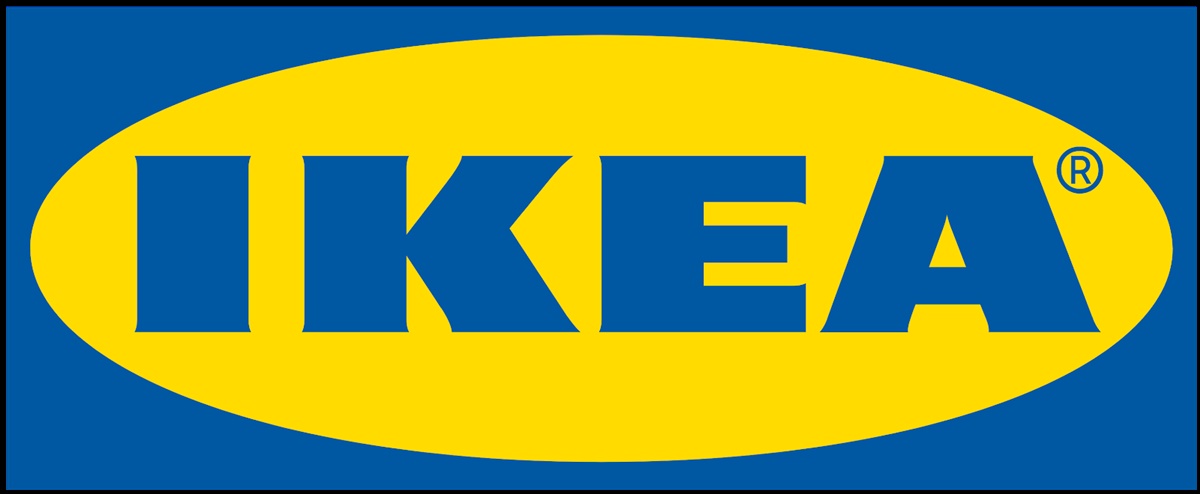
IKEA is one of the world’s most profitable companies and one of the most valuable brands in the top 50 ranked by Forbes. The company knows just what consumers need in today’s fast-growing world, and that’s low costs, affordability, shape, feature, and quality all in one. Being one of the most recognizable brands globally, they have found a way to deliver and demonstrate the ability to meet the needs of their foreign customers.
IKEA continues to maintain the same features, but the room sets differ from store to store to match local customs. In Japan, for example, the traditional floor covering tatami mats are used. In other words, IKEA has changed the way we shop by introducing a brand new family-friendly model.
Target product branding strategy
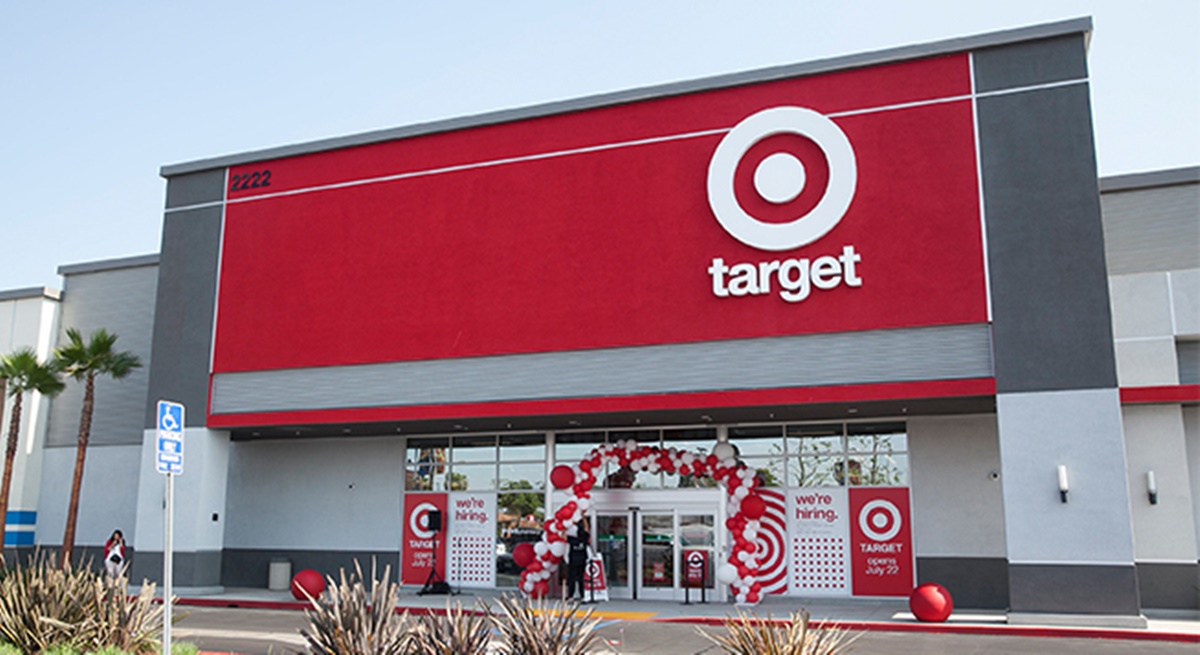
Target - a popular retail corporation - customized their ad campaigns and TVC, especially for every physical store, and you can easily recognize which store the ad was for. The funky, friendly, enthusiastic vibes coupled with the esthetics of each TV commercial are unforgettable and completely in line with the ethos of the brand and how they want their customers to feel. That’s all about excellent product positioning, and what has shoppers preferring the store over cheaper to other more accessible rivals.
Further readings
- What is Personal Branding? Best Examples of Personal Branding
- Heineken Branding Strategy To Be The World’s Top Beer Brand
- A Look At The 10 Best Brand Extension Strategies In Action
Final thoughts
Now that you understand the concept of product branding and its importance in building the overall brand strategy for successful ventures. The key takeaways from product branding are just a few keywords: brand identity, brand design, consistency, and human connections. Under proper implementation, product branding can help you position your brand effectively and grow your brand tremendously.
New Posts







